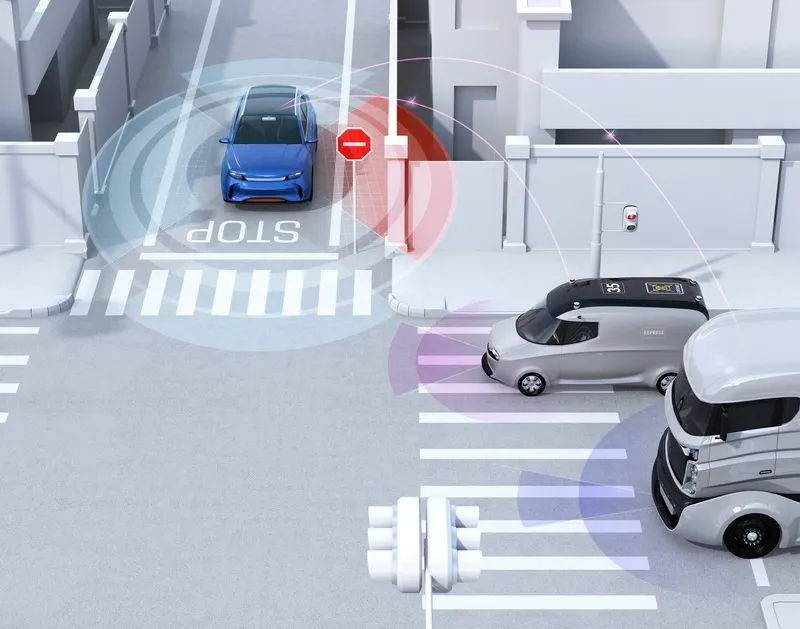ITS Australia welcomes recent Australian policy and international standards announcements that pave the way to making connected vehicles a reality and expanding opportunities for Australian innovation.
Another important international step toward wireless connectivity for vehicles was the 12 February announcement of technical standards by the European Telecoms Standards Institute (ETSI) and the European Committee for Standardisation (CEN). These standards ensure that vehicles made by different European ma
March 7, 2014
Read time: 3 mins
Another important international step toward wireless connectivity for vehicles was the 12 February announcement of technical standards by the European Telecoms Standards Institute (ETSI) and the European Committee for Standardisation (CEN). These standards ensure that vehicles made by different European manufacturers can communicate with each other.
ITS Australia Chief Executive Officer Susan Harris said this
The NTC Final Policy Paper analyses the risks, barriers and potential regulatory reforms required for an Australia wide harmonised platform for Cooperative Intelligent Transport Systems (C-ITS) technologies that will ensure the best safety and efficiency outcomes, and respect the privacy of individuals.
Harris said it was significant that the NTC did not find any legislative roadblocks to the deployment of the technology in Australia. “The Final Policy Paper also identifies a number of areas that require further review. For example, Recommendations 6 and 7 say that research, based on identified gaps in international research that are relevant to Australia should be conducted,” she continued.
She went on to say that wireless vehicle to vehicle (V2V) and vehicle to infrastructure (V2I) communication will help deliver safer and more efficient traffic flows. “It will deliver great community benefits – for drivers, pedestrians, our environment and our economies,” she said.
“The proposed Australian Intelligent Transport Cooperative Research Centre will be ideally placed to leverage off the international work and target research into any gaps identified in applying C-ITS to Australian conditions.
“The recent announcements from Europe and the USA emphasise that C-ITS development is rapidly gaining momentum. Australia must keep pace with international developments to capture the safety, environmental and economic benefits it will deliver.
“The Australian ITS industry has a strong presence in this technology and we must also ensure that our competitive advantage is maintained.
“We need an Intelligent Transport CRC to provide the vital link between industry, research bodies and systems users to ensure that we continue to foster Australian innovation and international opportunities in this growing market,” said Harris.








